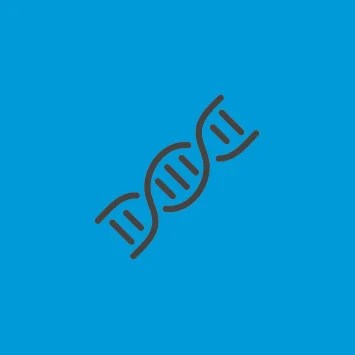
-
Ontology Management
Harmonise technology through scientific ontologies adhering to public standards, whilst curating vocabularies
Learn more -
Enterprise FAIR Data
The challenges of harmonising data to be Findable, Accessible, Interoperable and Reusable
Learn more -
Text Analytics + Semantic Enrichment
Transform previously unusable text to data in a richly annotated, machine-readable and standardise data formats
Learn more -
Semantic Search
Semantic search, visualise results, integrate into your existing platforms and automate your workflows
Learn more -

Knowledge Graphs
Semantic enrichment technology that facilitates the production of knowledge graphs
Learn more -

Artificial Intelligence
Combine deep learning and semantic algorithms to build powerful models that can exploit life science data and accelerate its use in R&D
Learn more
Why choose SciBite?
At SciBite, we're passionate about helping our customers get more from their data. We love what we do and we think you'll love working with us, here's why...
-

Built by scientists for scientists
Our suite of semantic solutions is the culmination of the perfect storm of tens of years of experience
-

Unique deep learning approach
Transforming previously unusable but scientifically relevant textual content into machine-readable clean data
-

Putting customers at the heart
Our philosophy is to listen, engage & work together with our customers to make ground-breaking achievements
-

Supporting the top 20 pharma
Our customers are utilising higher quality data, integrating more data much faster with greater accuracy
Our customers
News and opinion
-
AI based chat application for life sciences:
Part II role of ontologies

Explore the vital role of ontologies in enhancing AI-based chat applications for life sciences, with a focus on improving transparency and data meaning.
Read -
Ontology mapping:
Finding the right automated approach

Ontologies are crucial for unlocking information. However, similar types have been created for different needs, reducing their interoperability. In this blog, we look at some of the automated approaches for large-volume ontology mapping.
Read -
Novelty in life science: Looking into the unseen


In life science research, navigating the complexities of innovation is crucial for breakthroughs. SciBite’s Novelty model, a sophisticated Machine Learning classifier, distinguishes true innovation in scientific texts.
Read
© Copyright © 2024 Elsevier Ltd., its licensors, and contributors. All rights are reserved, including those for text and data mining, AI training, and similar technologies.


















